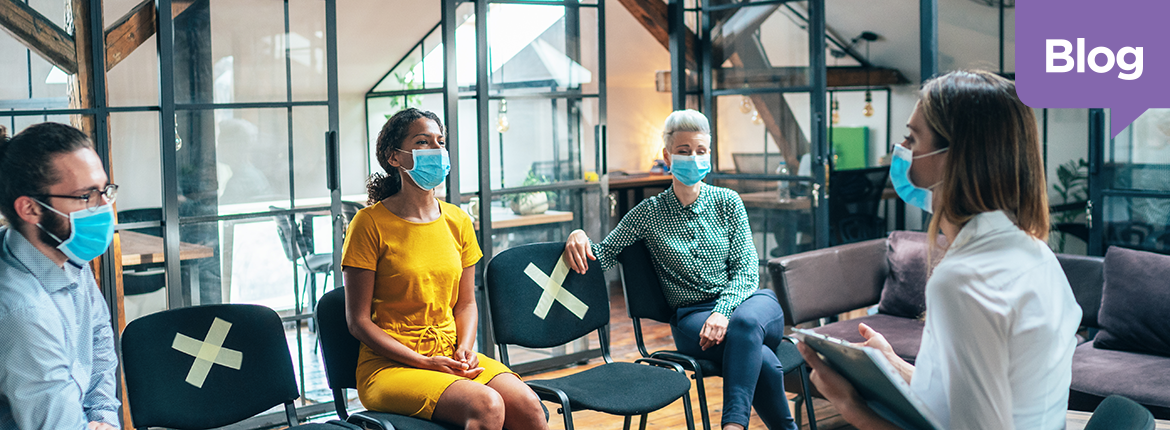
Preventing and Dealing With OSHA Complaints During COVID-19
CoAdvantage- Since the pandemic began, the Occupational Safety and Health Administration (OSHA) has been flooded with thousands of complaints by workers concerned they have been exposed to COVID-19 in the workplace. Complaints allege a variety of incidents that may violate OSHA’s requirements that employers maintain safe working environments, including:
- Insufficient protective gear provided to workers
- Insufficient protective measures to protect employees from customers
- Requiring workers to purchase their own cleaning agents and protective gear
- Forcing workers to work in close proximity to others
- Forcing sick workers to come into the office
However, according to Politico, as of mid-May 2020, OSHA had inspected fewer than 8% of the then 3,990 coronavirus-related complaints submitted to the agency. And per The Counter, just a couple of weeks later, 4,775 complaints had been made with only one citation issued to an employer.
There’s reason to believe the number of inspections and citations will remain low. Loren Sweatt, OSHA’s acting director, told Congress that “the agency wasn’t inspecting cases because most would not withstand court scrutiny.”
That may be because, although OSHA has offered extensive guidance related to COVID-19, no clearly defined regulations exist governing the COVID-19 situation specifically; and the general rule that employers must provide a safe working environment may be difficult to enforce in a crisis like this. Many of the complaints also center on things over which the employers may have no control: employers can’t make soap, sanitizer, and disinfectants magically appear, for example, if there are shortages.
That said, the low inspection rate may also be due to a backlog, and as conditions return to normal, OSHA may catch up on investigating complaints. Indeed, Sweatt also told Congress that the agency would act on other complaints over the next six months.
Regardless of whether OSHA is likely to act or not, it’s good business sense to take steps to protect both employees and customers. The guidance provided by OSHA is generally smart and includes these four practices below and more here.
- Developing a written pandemic plan
- Providing appropriate protective gear as possible and enforcing social distancing guidelines
- Instituting procedures for hazard assessment, dealing with suspected COVID-19 infected employees, decontamination procedures, return to work procedures, etc.
- Maintaining and storing appropriate medical records (with appropriate privacy protections) regarding worker exposure incidents
CoAdvantage is here for you during this time. For more information about assistance with COVID-19-related matters, please visit the CDC's COVID-19 Resource Center.
CoAdvantage, one of the nation’s largest Professional Employer Organizations (PEOs), helps small to mid-sized companies with HR administration, benefits, payroll, and compliance. To learn more about CoAdvantage’s ability to create a strategic HR function in your business that drives business growth potential, contact us today.